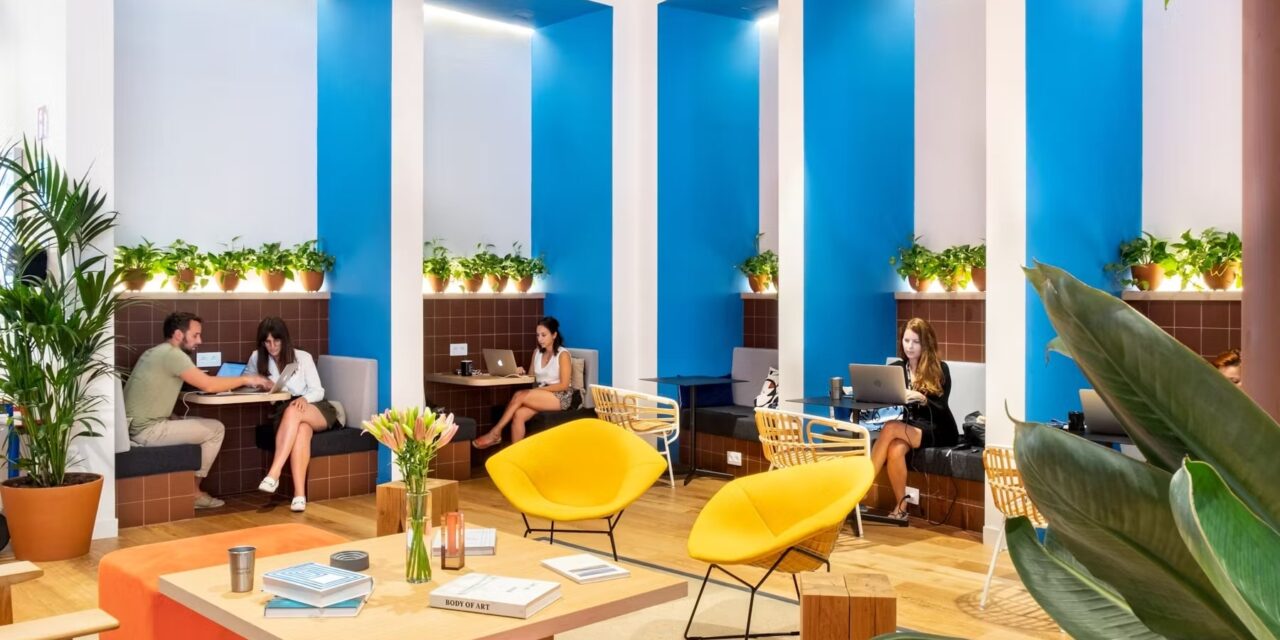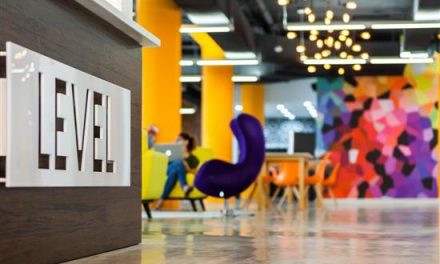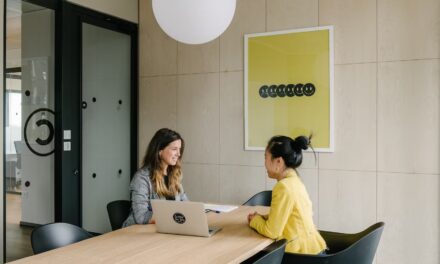The surge of remote work triggered by the pandemic has no doubt muddied the once clear lines between work life and home life. With so many of us still working from home, designing a productive workspace has never felt so pressing.
As 2024 draws near, we must recognize that today’s workspaces have evolved far beyond merely somewhere that tasks are completed during the “9 to 5.” These environments now actively mold the cultures, values, and overall effectiveness of our distributed workforce.
The evolving nature of workspaces
Our concept of a dedicated, centralized office has certainly been shaken up these past few years. Initially all about fixed cubicles and rigid schedules, most workplaces have since adapted to support the flexibility and autonomy that a global crisis required virtually overnight. What started as an emergency measure has revealed surprising benefits in how and where work can happen.
It’s not been without growing pains, of course — keeping teams connected took some trial-and-error with communication tools and techniques — but that period of forced experimentation has left companies figuring out the right mix of virtual and in-person interactions.
Digital platforms enabling seamless collaboration across locations are undoubtedly pivotal to workspaces nowadays. Video meetings, cloud-based file sharing, and even virtual reality gatherings have made remote coordination second nature.
While these technologies boost productivity immensely, most understand the dangers of overly substituting emotional connections for in-person rapport. Forward-thinking teams thoughtfully integrate tech tools with relationship-centered practices, leveraging what best serves their people and purpose. Maintaining workplace bonds beyond transactions remains vital.
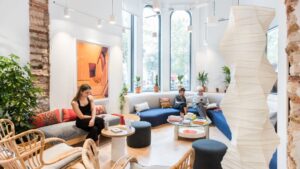
Designing for culture and productivity
Workspace design is arguably one of the most powerful yet underutilized tools for nurturing organizational culture, values, and performance. The layout, furnishings, aesthetic finishes, lighting, and spatial configuration of an environment work together to subconsciously influence behaviors. When designed intentionally, the workplace can reinforce company values and goals through enhanced communication, collaboration, and a sense of shared purpose and community.
For example, incorporating open communal spaces and breakout nooks encourages chance encounters and knowledge sharing between colleagues who might not interact otherwise. These casual exchanges strengthen relationships and the sense of belonging.
Additionally, furnishings and finishes that spark creativity, calm, or focus can nurture desired mindsets depending on the nature of work. Standing desks, monitor positioning, task lighting, and plants also boost ergonomics for improved comfort, health, and productivity.
Furthermore, effective workspace design minimizes environmental stressors that drain cognitive bandwidth. Noise pollution, poor air quality, and lack of access to daylight or views add unnecessary friction that cumulatively burdens performance. Thoughtful acoustics, indoor air quality measures, exposure to natural light, and integrating nature views help alleviate subconscious drags on focus and decision-making.
Holistic workspace design directly reinforces the behaviors, mindsets, and qualities an organization seeks to embrace as part of its culture. Environments that spark creative collisions, promote movement, minimize friction, and bring purpose to the foreground help employees show up as their best selves to drive higher performance while attracting top talent who seek meaningful work experiences. The physical workplace and company culture have a symbiotic relationship, each continuously shaping the other.
The future of workspace design
The future of workspace innovation depends on designing adaptable environments centered on people while harnessing technological capabilities and sustainable practices. On the human side, strategies that nurture recruitment, retention, and productivity will take priority.
As younger generations increasingly seek purpose and work-life balance, workspaces must evolve to offer flexibility and well-being without sacrificing culture. Expect adjustable furniture for quick reconfiguration between focused work, collaboration sessions, and even virtual reality meetings within a multipurpose space. The integration of respite nooks, living walls, daylight, and air purifiers will continue influencing biophilic design for enhanced cognitive performance and emotional restoration.
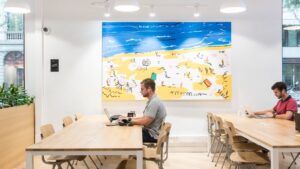
Regarding technology, artificial intelligence and sensors will enable the personalized customization of environmental factors like lighting and temperature for optimal comfort and productivity. Voice-activated rooms, facial recognition, and predictive analytics will offer a more responsive, automated, and potentially more secure user experience. Augmented and virtual reality may also gain traction for remote collaboration that balances technological convenience with human interaction.
Finally, sustainable materials, renewable building systems, and ecologically regenerative design will become non-negotiable facets of the future workspace as climate change concerns escalate. The circular economy approach of recycling and reusing furnishings and architectural elements will also minimize waste.
Ultimately, putting people first, leveraging tech for security and efficiency, and upholding eco-consciousness will define the leading workspaces moving forward. The most future-ready organizations will treat the workspace as a living, adaptable environment that allows companies and employees to learn, grow, and thrive together continually.




